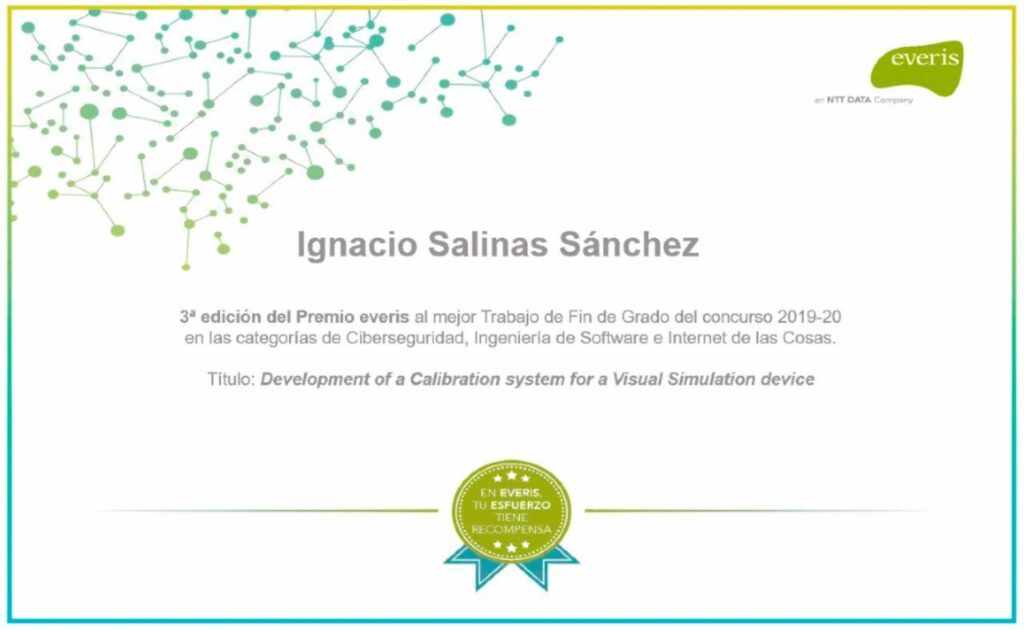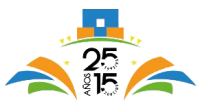A new study published in PLoS ONE, “Assessment of the QuickSee wavefront autorefractor for characterizing refractive errors in school-age children,” finds QuickSee ideally suited to refracting children in school screenings and public health outreach.
PlenOptika website link

QuickSee shown to outperform other portable automated refractors in the field in this study by Anindya Samanta, Akaanksh Shetty, and Patricia C Nelson.
The study aims to to conduct a systematic literature review of the accuracy and effectiveness of available portable automated refractors compared to the current standard of care, subjective refraction (SR).
More than 400 million people suffer from visual impairment globally, with more than half due to uncorrected refractive error. Autorefraction (AR) is the most common examination performed prior to prescribing glasses. As technology advances, so has the accuracy and number of portable autorefractors available. Portable technology has become acutely important with the coronavirus disease 2019 pandemic and the conversion of in-person clinical evaluations to remote telemedicine encounters. Patients and providers want to do as much as possible remotely. The aim of this study was to conduct a systematic literature review of the accuracy and effectiveness of available portable automated refractors compared to the current standard of care, subjective refraction (SR).
Results
There were four portable autorefractors (Netra, Quicksee, Retinomax and SVOne) studied against SR. There was high patient acceptance of glasses prescriptions by the Quicksee alone, with 87% subjects seeing the same or better than SR. Quicksee was more accurate than Netra and Retinomax. SVOne was preferred over Netra and outperformed Retinomax in multiple measures, despite Retinomax being the fastest test.
https://journals.sagepub.com/doi/abs/10.1177/1357633X20940140









